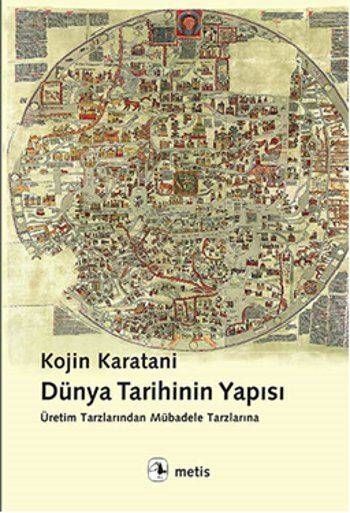
The Structure of World History
This book is an attempt to re-evaluate the history of social formations from the perspective of modes of exchange - a product of the effort to understand and transcend the current Capital-Nation-State system.
By systematically rereading Marx's version of world history, Karatani shifts the focus of criticism from modes of production to modes of exchange. It examines the gathering of resources in a common pool, which is the distinctive feature of nomadic tribes, the gift exchange systems developed after the adoption of settled agriculture, the exchange of obedience for protection that emerged with the birth of the state, the commodity exchanges that left their mark on capitalism, and focuses on the return of gift exchange as an exchange style of the future. According to Karatani, the best way to understand this final stage, which means overcoming the current Capital-Nation-State triple system, is through Kant's writings on eternal peace.
“This is not the kind of world history we are used to reading from historians,” says Karatani, “my aim is to make a transcendental critique of the relations between various basic modes of exchange. In other words, to structurally explain the three major changes that have occurred in world history. “So we can pursue a fourth great change, the transition to a world republic.”
(From the Promotional Bulletin)
Prepared by: Özge Çelik
Dough Type: 2nd Dough
Number of Printings: 1st Edition
Size: 13x20
Media Type: Paperback
Original Name: The Structure of World History
| Publisher | : | Metis Publishing |
| Publication Year | : | 2018 |


